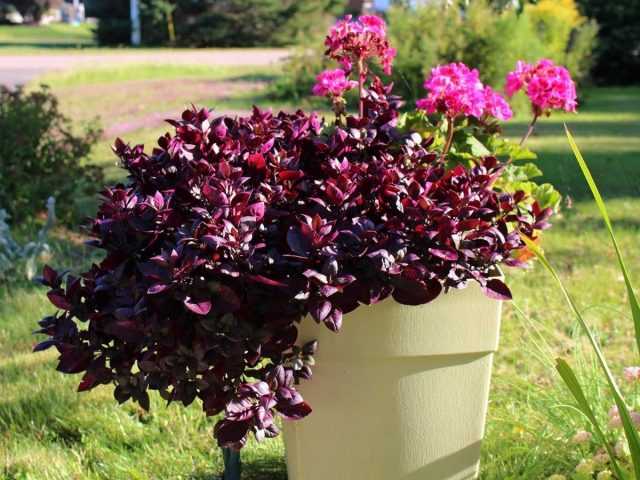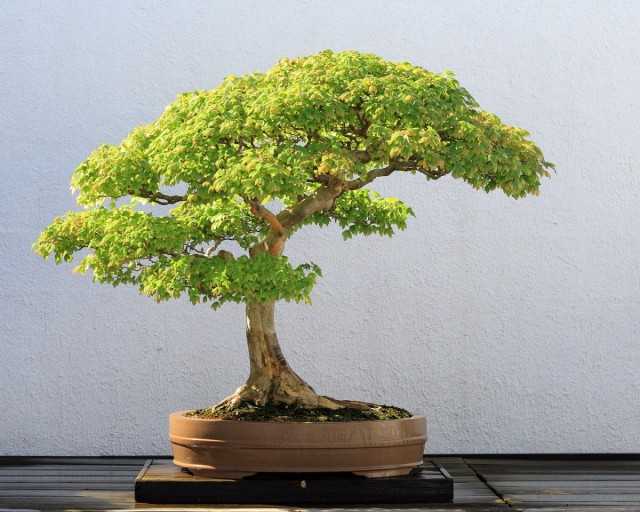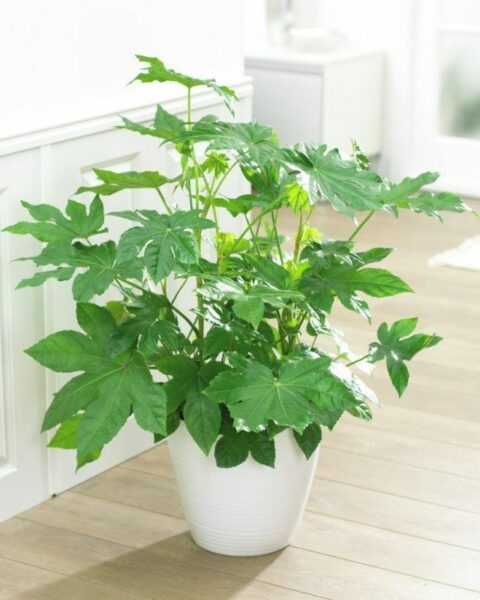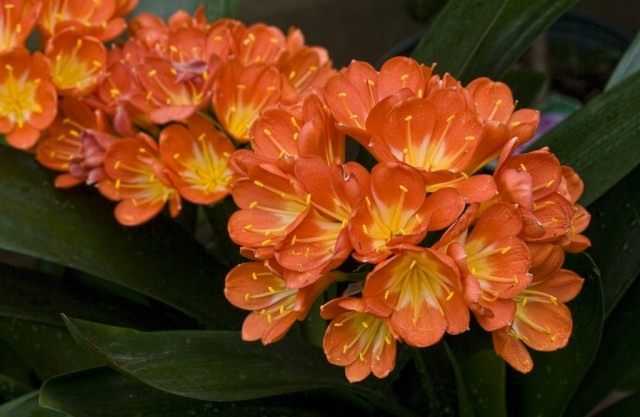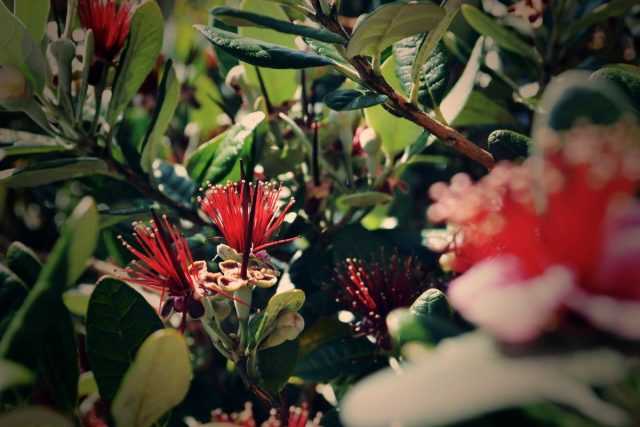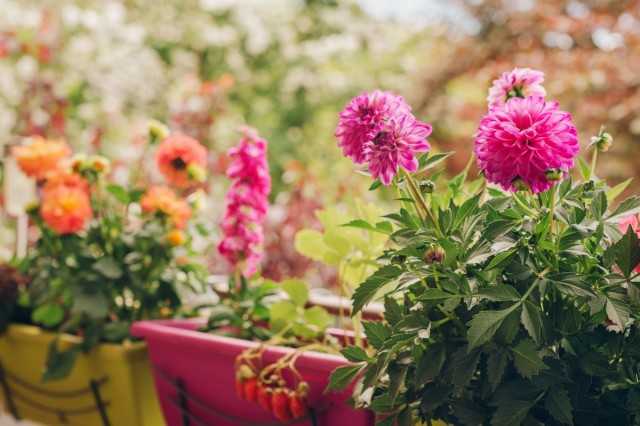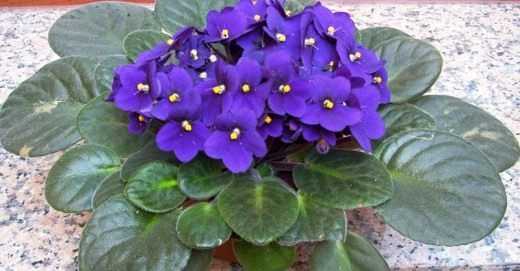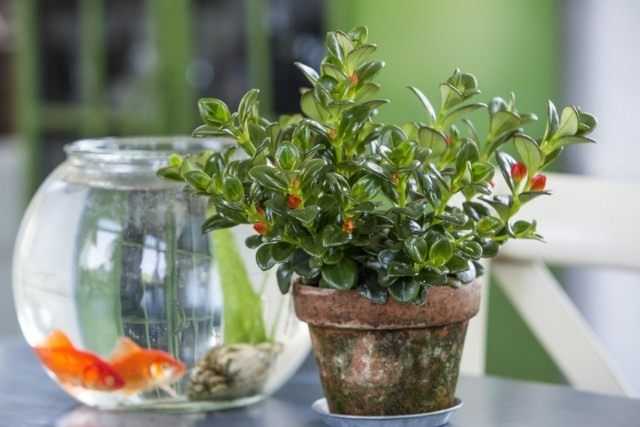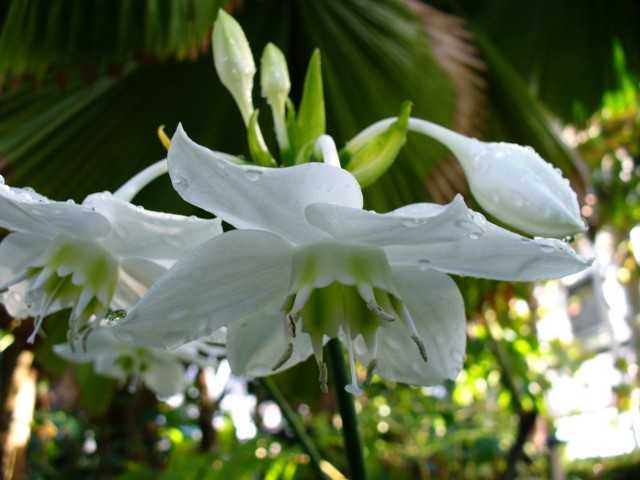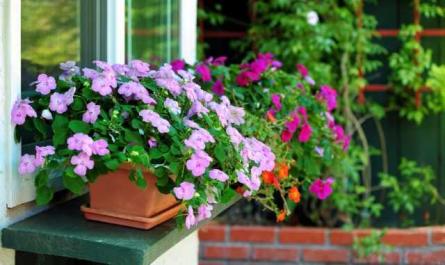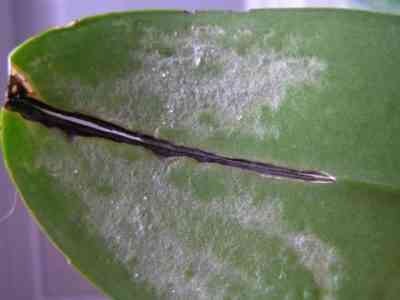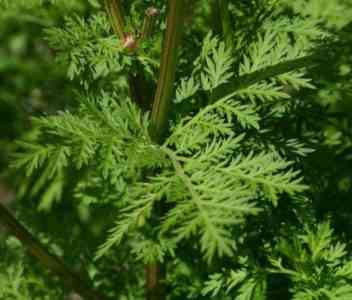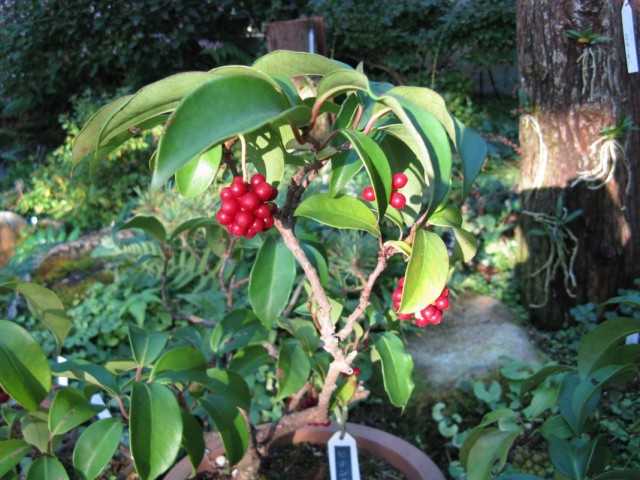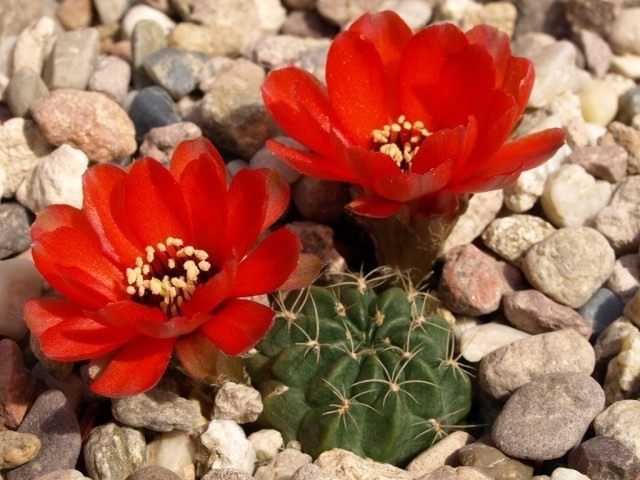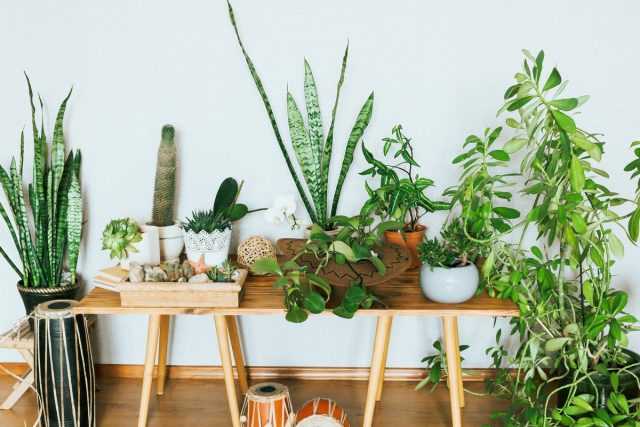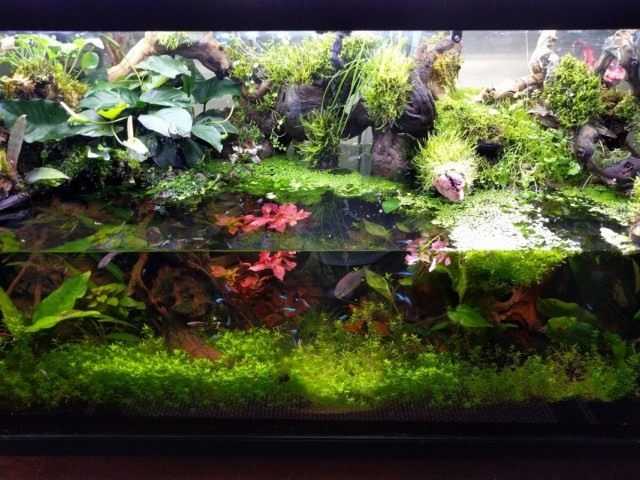Despite the fact that indoor plants are reliably sheltered from the weather outside the walls of our houses, they are also susceptible to disease. Most often, problems arise when the conditions for keeping green pets are violated, and also pathogens (bacteria, viruses, fungal spores) enter our homes when ventilated, come in our clothes, are transferred with poor-quality soil and new flowers, penetrate into plant tissues when bitten insects. And, as it is not sad, but it is impossible to completely protect yourself from them. However, it is quite possible to maintain high immunity in plants, and if there is any trouble, then to cure the flowers. It is only important to know how to do it safely for themselves, themselves, other family members and pets.
Prevention instead of emergency measures – how to protect indoor plants
The main diseases of indoor plants and measures to control them
What diseases are found on indoor plants? There are a lot of them, and often it is simply impossible to make a diagnosis “by eye” due to the similarity of symptoms – it will be possible to give an exact answer only through laboratory research.
However, according to external signs, it can still be assumed that these are:
- Virus – if clear stripes appeared on the leaves, formed in circles or shapeless figures, stains. Unfortunately, this group of diseases cannot be treated, but fortunately, it is very rare.
- Diseases of a bacterial nature – bacterial burn, wet rot – if the spots are watery or weeping.
- Fungal diseases – ascochitis, phyllostictosis, anthracnose, septoria, alternaria, gray and root rot, etc. This group is the most numerous and widespread, and most often manifests itself on leaves and stems in the form of various kinds of spots.
But no matter what disease the plant is affected by, it needs special attention, since the disease not only spoils its appearance, but also inhibits development, and often leads to death. And in order to defeat these diseases, it is usually recommended to use special chemicals, the vast majority of which are harmful to both humans and pets. But I want to preserve both flowers and my health. How to be?
The way out, as always, is in the correct approach to the issue. When doing indoor floriculture, it is very important to know how to grow flowers safely. There are several important rules here, including in case what to use if the plants are still attacked by one or another disease.
How to help indoor plants without hurting yourself?
In order not to have to constantly fight against diseases of indoor plants, before starting another “green ward”, you need to find out what he needs in order for him to fully develop. Some plants like a lot of sun, others – diffused light. For some, it is important that the soil in the pot is constantly moistened, others respond well to moderate watering. There are those that need high humidity and vice versa …
Rule № 1
Buy a flower only if you can provide it with comfortable conditions, and then it will not hurt. Well-developed, healthy plants have strong immunity, they are less likely to get sick, they are easier to resist diseases, and they have to be treated with chemicals less often.
Rule № 2
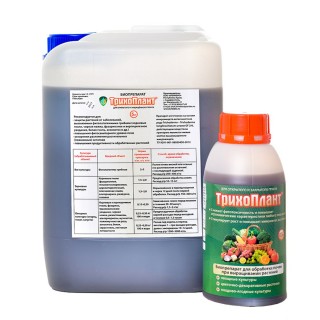
When introducing a new plant into the house, do not rush to place it in the existing collection, put it on a separate window sill, and observe. Better yet, carry out preventive treatment against possible diseases with biological products that have a natural basis – biofungicides, such as, for example, “Trichoplant”. This product is a suspension of live soil microorganisms belonging to the genus Trichoderma, which actively resist fungal diseases, which very often come to our house with “newcomers” from supermarkets and flower shops.
For such a preventive treatment, take 5-10 ml of the drug, dilute it in 1 liter of water and spill the soil. This will not only become a good defense against fungal diseases of indoor plants, but also strengthen their immunity, which means it will provide faster adaptation to a new place, and accelerate their development. Re-processing can be done in 10-12 days.
The same preventive treatments can be applied to plants transplanted into new soil, and brought from the street to the house after the summer season. This will protect them from the development of diseases spread from the ground, and, as you know, even purchased substrates are often of poor quality, not to mention the soil taken from the garden or brought from the forest. And even with a change in climate – often root rot begins to develop with hypothermia of a wet earthen coma, and spotting due to the spread of fungal diseases by wind and insects.
A good solution will be the processing of plants “on the leaf” with “Ekomik Yielding”. To do this, take 2-3 ml of the drug per 1 liter of water and spray the leaves from both above and below – this will protect them from bacteriosis. But spill the earth with a solution at a concentration of 5 ml per 1 liter of water.
Rule № 3
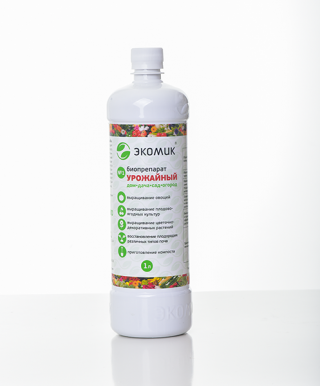
In order for the plants to fully develop, be strong and healthy, provide them with regular feeding. It can be produced with the help of conventional mineral and organic fertilizers, but it is better with the use of biological products, such as, for example, the above-mentioned “Ekomik yielding”.
“Ekomik yielding” includes not only a number of bacteria belonging to the genus Lactobacillus and the genus Bacillus, which actively resist pathogenic microflora, but also a complex of enzymes and biologically active substances capable of converting nutrients inaccessible to plants into available ones. Therefore, it goes well with fertilizing with humates and the introduction of organic or organomineral fertilizers. And this is important for potted plants, since the volume of soil in their pots is limited and quickly depleted, both in the amount of nutrients available to the plant and in the presence of useful microflora
For health-improving treatment of the soil substrate and the plant itself, stir 1 ml of Ecomica Yield in 25 liter of warm water (+1 ° C), spray it with green mass and spill the soil. You can repeat the procedure up to twice a month.
Rule № 4
Often, our indoor plants stop developing after transplanting or dividing – they wither, do not want to grow, stop blooming. Often cuttings root poorly, and then poorly develop. This may be due to an infection on the cut of the cutting or the wound of a torn root or cut. Therefore, in order to help the plant take root in the new soil, it is necessary to remember the transplanting rules:
- Divide the bushes only with a clean knife.
- Do not cut off excess roots, but carefully cut off with scissors.
- Try, if possible, to preserve the earth lump as much as possible.
- Treat sections and wounds with crushed activated charcoal or cinnamon.
- Treat the plant with an activator of the process of plant growth and development, such as, for example, the biological product “Biospectrum”.

The preparation contains amino acids, low molecular weight peptides, chitosans, organic acids, lactose, vitamins and other natural bioregulators. Due to this, Biospectrum has a wide range of effects on plants. It stimulates the formation of new roots, the formation of tubers and bulbs, helps to fight stress, fertilizes, activates growth processes, heals both the plants and the soil, which is important if mineral fertilizers and pesticides have been used before.
Therefore, if you have just transplanted your indoor plants and want them to take root better, if you only brought a new plant into the house after purchase, if you want to accelerate plant recovery after treatment or stimulate flowering, dilute 2,5 ml of “Biospectrum” in 1 liter water and spray over the leaf. It is enough to carry out the procedure once a month.
Rule № 5
Another rule to take into account is the timely response to the disease. There is no need to wait for the disease to show itself “in all its glory.” It is necessary to act immediately, as soon as the first signs of it are noticed. Sometimes it is enough to remove only the first leaves with suspicious spots or their affected part, and carry out a prophylactic spraying with one of the biological products with a fungicidal effect so that the disease stops spreading to the rest of its vegetative organs and to plants standing nearby. If the disease is allowed to “open up”, the plant can no longer be saved, and often the entire collection has to be treated, all the specimens standing nearby and on adjacent windows.
Rule № 6
Another important factor for plant health is proper watering. It is important to understand that each species has its own preferences, however, there are general rules that you must not only know about, but also follow.
If the plant is accidentally flooded, perhaps diligent helpers (children, grandchildren, husband, who are looking after the house at the time of departure), do not need to wait until it dries on its own, this can lead to decay of the roots. In most cases, it is necessary to act immediately: remove the plant along with the earthy clod from the pot and wrap it in newspapers. When the first batch of newspapers is wet, remove them and wrap them in new newspapers.
After that, in order to support the plant, it is necessary to treat it on the leaf with a stimulant-antistressant of broad action, such as “Biospectrum”. This will help the green pet recover from stress faster.
Rule № 7
If time is lost and the indoor flower begins to die, do not wait until it finally disappears. It is necessary, just in case, to separate the stalk for rooting, and try to save the rest. If there is a suspicion of root decay, remove the plant from the pot, inspect the roots. Remove rotten ones, treat the sections with crushed activated charcoal or cinnamon. And transplant the plant into new soil.
If the plant is feeling clearly unsatisfactory, but there are no spots on the leaves, it may be necessary to find a mistake in the care. Change the irrigation mode, analyze whether it has enough light, whether there is enough humid air in the room. Try to change location. Introduce regular feeding.
Rule № 8
You should not plant a small plant in a large pot right away with the prospect of its growth. In a large pot, a small sprout will either receive less moisture, or it will be overflowed, because in this case it is very difficult to calculate the optimal volume of irrigation water. Therefore, many plants planted at a young age in a large volume of land die from root rot or develop poorly.
When watering, especially in spring, autumn and winter, the earthen lump must not be cooled. Often, flower growers do this unconsciously – they water the plants, and then open the window for airing or transfer the plant to a cooler place. This “procedure” usually ends with rotting of the root system, as a result of which the plant is strongly oppressed or dies.
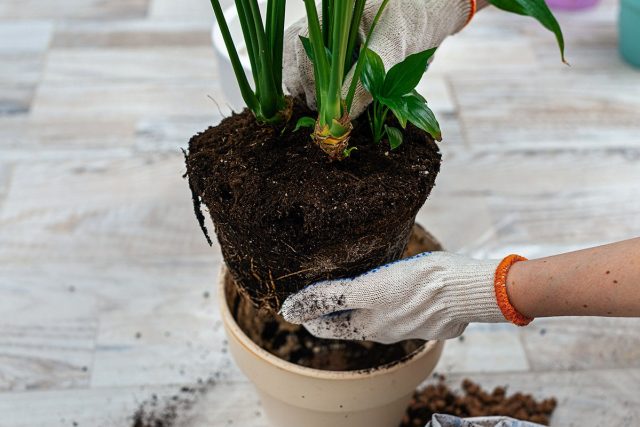
Conclusion
Despite the usual advice of books and experienced “forum” flower growers, today you can protect your collection of indoor plants without heavy chemistry, and without “good old” tricks from a neighbor. It is necessary to approach floriculture deliberately, to understand what you want to see on your windowsills and in your interior. It is important to realize whether you will be able to provide the selected plants with the necessary comfortable conditions, whether you will be sufficiently attentive to their “behavior”. It would not hurt to have on hand modern biological products based on real natural ingredients, such as, for example, Trichoplant, Ekomik Urozhainy and Biospectrum from Biotechsoyuz. Then both you and your green pets will be healthy!


